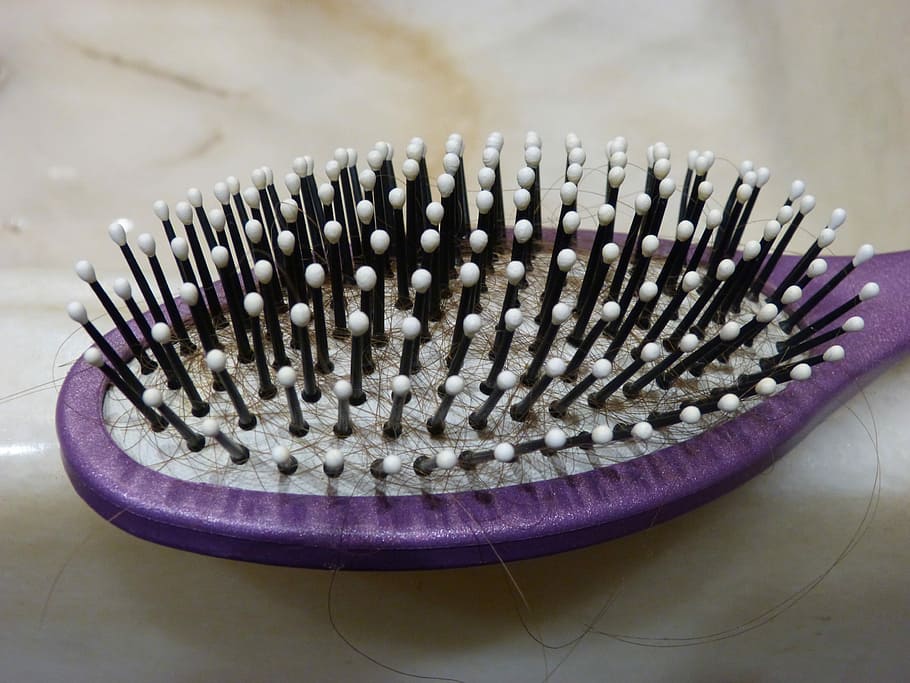Lint in your hairbrush may not seem like a major issue, but it can be frustrating and confusing. You may wonder where the lint comes from, why it’s in your hairbrush, and whether it’s harmful to your hair. In this blog post, we’ll explore the answers to these questions and more.
What is lint?
First, let’s define lint. Lint is a collection of fibers that come from various sources. It’s often found on clothing, in dryer filters, and in other places where fabrics are present. Lint can be made up of natural fibers, like cotton and wool, or synthetic fibers, like polyester and nylon.
What causes lint in hairbrushes?
Now that we know what lint is, let’s consider why it might be in your hairbrush. There are a few potential causes:
- Shedding hair
When you brush your hair, some of it naturally falls out. This is a normal part of the hair growth cycle, and it’s not necessarily a cause for concern. However, the hairs that fall out can mix with other fibers (like lint) in your brush, creating a tangled mess.
- Shedding fibers
In addition to shedding hair, your hairbrush may also shed fibers of its own. This can happen if the brush bristles are made of a material that’s prone to shedding, like boar hair or synthetic fibers.
- Fabric transfer
If you store your hairbrush in a drawer or other location where it comes into contact with fabrics (like towels or clothing), lint from those fabrics can transfer onto the brush.
Is lint in your hairbrush harmful?
Lint in your hairbrush is generally not harmful to your hair. It may be unsightly or annoying, but it’s unlikely to cause any damage. However, if you notice a significant amount of lint in your hairbrush, it could be a sign that you need to clean your brush more frequently. A dirty brush can harbor bacteria and other microorganisms, which could potentially harm your hair or scalp.
How can you prevent lint in your hairbrush?
If you’re tired of dealing with lint in your hairbrush, there are a few things you can do to prevent it:
- Clean your brush regularly
As mentioned above, a dirty brush can contribute to the buildup of lint and other debris. To keep your brush clean, use a comb or other tool to remove hair and fibers from the bristles. You can also wash your brush with warm, soapy water every few weeks to remove any buildup.
- Store your brush in a clean location
If possible, store your hairbrush in a location where it won’t come into contact with other fabrics. For example, you could keep it in a separate compartment in your bathroom cabinet or on a shelf away from towels and clothing.
- Choose a different type of brush
If your hairbrush is prone to shedding fibers, consider switching to a different type of brush. A boar bristle brush, for example, may shed less than a synthetic brush.
In conclusion, lint in your hairbrush is a common issue that can be caused by shedding hair, shedding fibers from the brush itself, or fabric transfer. While it’s generally not harmful to your hair, it can be frustrating to deal with. To prevent lint buildup, clean your brush regularly, store it in a clean location, and consider switching to a different type of brush if shedding is a persistent issue.

